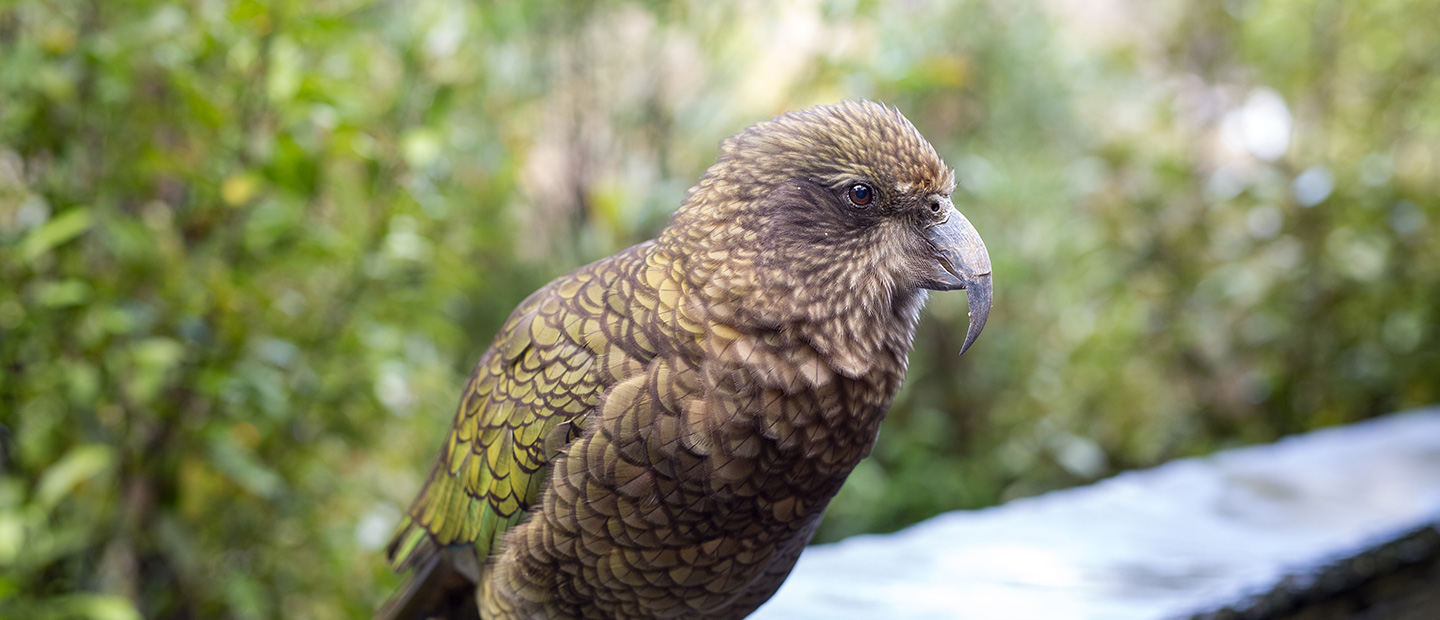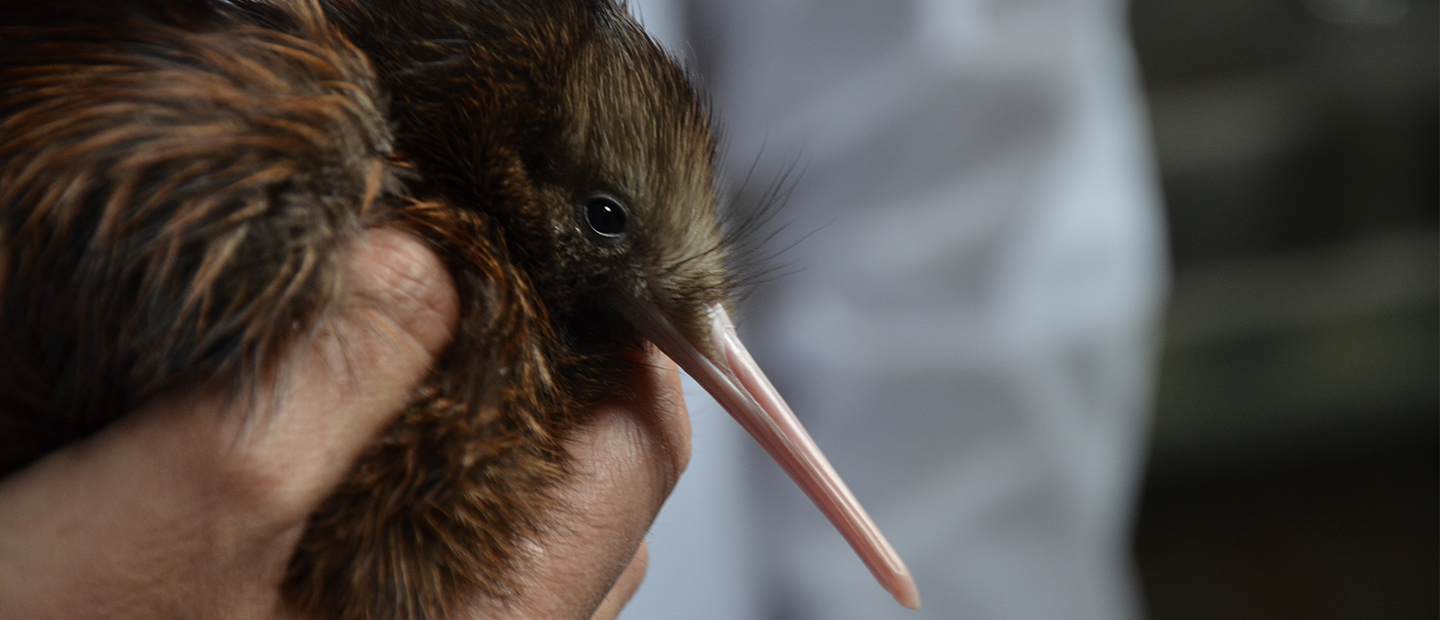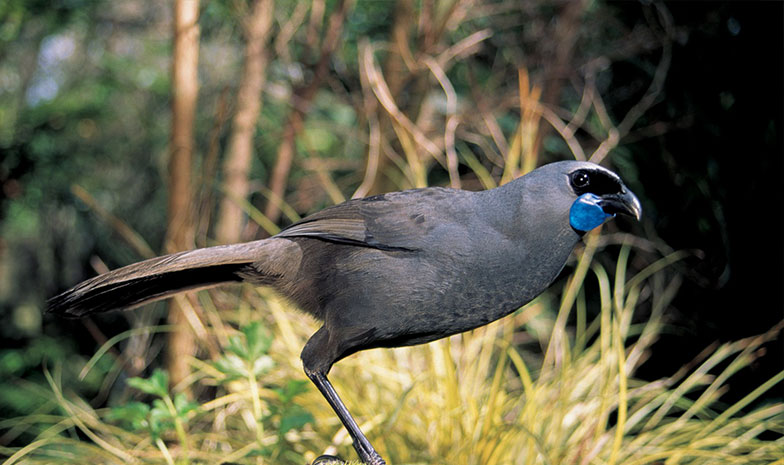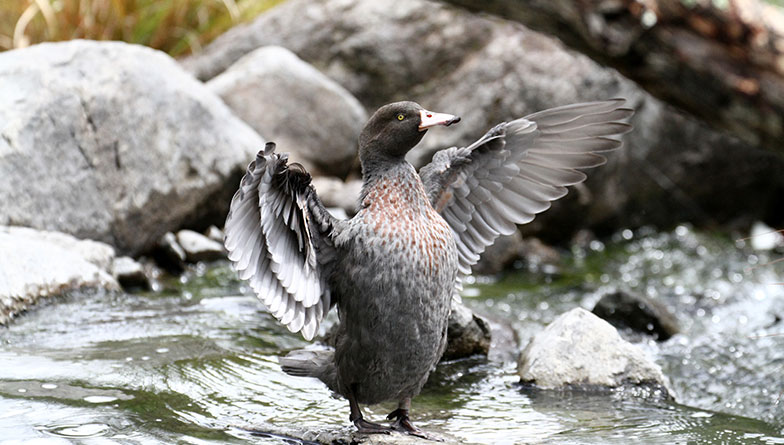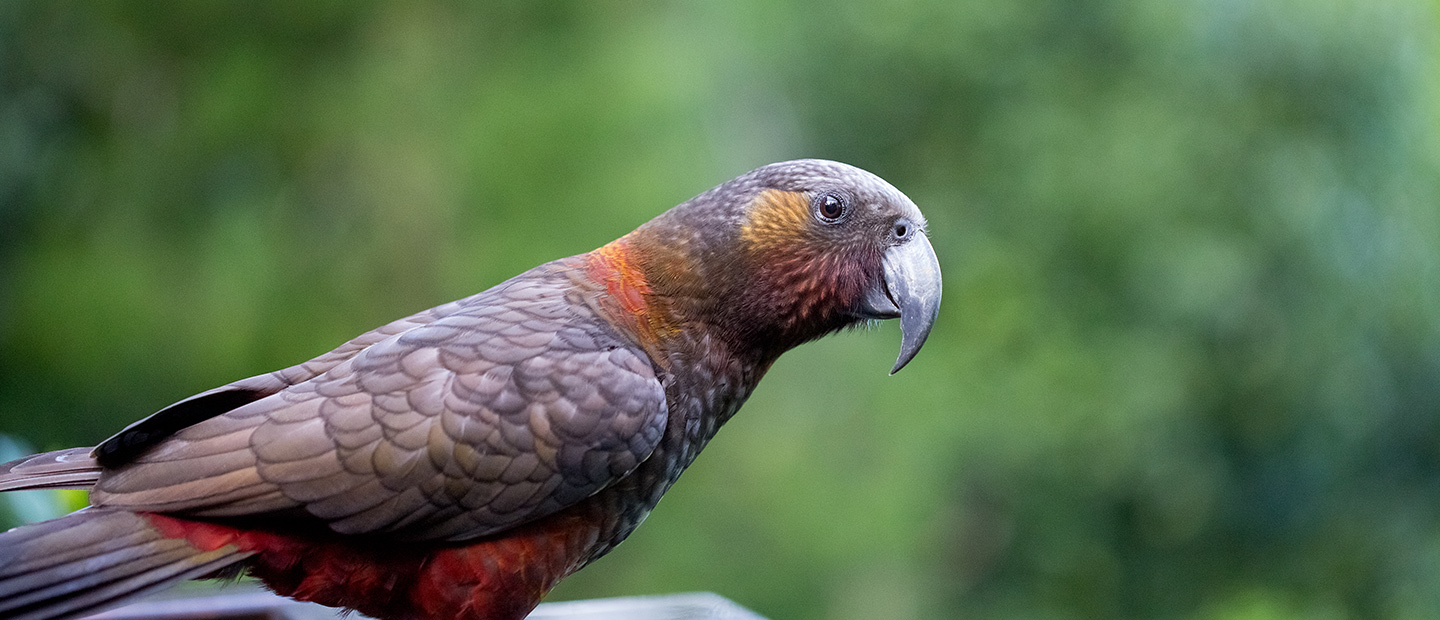Auckland Zoo supports 1080 use to save our natural taonga
Auckland Zoo is a not-for-profit wildlife conservation science organisation passionate about its mission to bring people together to build a future for wildlife, and fully supports using and increasing the use of 1080 to save our natural taonga.
Aotearoa’s extraordinarily unique wildlife and their ecosystems, vital to the health and wellbeing of us all, are being decimated by introduced predators (primarily possums, stoats and ship rats) and we are in a race against time to save them.
1080 is endorsed by multiple organisations, including the Department of Conservation (DOC), is backed by decades of science and research and rigorously regulated, and is achieving amazing results for our wildlife and forests where it is being used. For example, in Auckland’s Hunua Ranges, following the application of 1080 in 2018, kōkako numbers have more than doubled – increasing from 55 to 116 kōkako breeding pairs, with each pair producing an average of three chicks last season.
Until a better alternative can be found (and every year millions are being poured into finding one) in our rugged and inaccessible areas, 1080 is currently the best and most effective technology we have to control these introduced predators to restore our precious biodiversity and ensure a future for our wildlife and wild places.
At Auckland Zoo we greatly value science and an evidence-based approach to decision-making, as has been, and continues to be the case with 1080 use. For all these reasons we fully support the increased use of both aerial and ground applications of 1080 to control these introduced predators, including the Department of Conservation’s Tiakina Nga Manu (‘protect the birds’) predator control programme.
Read our full position statement here.


